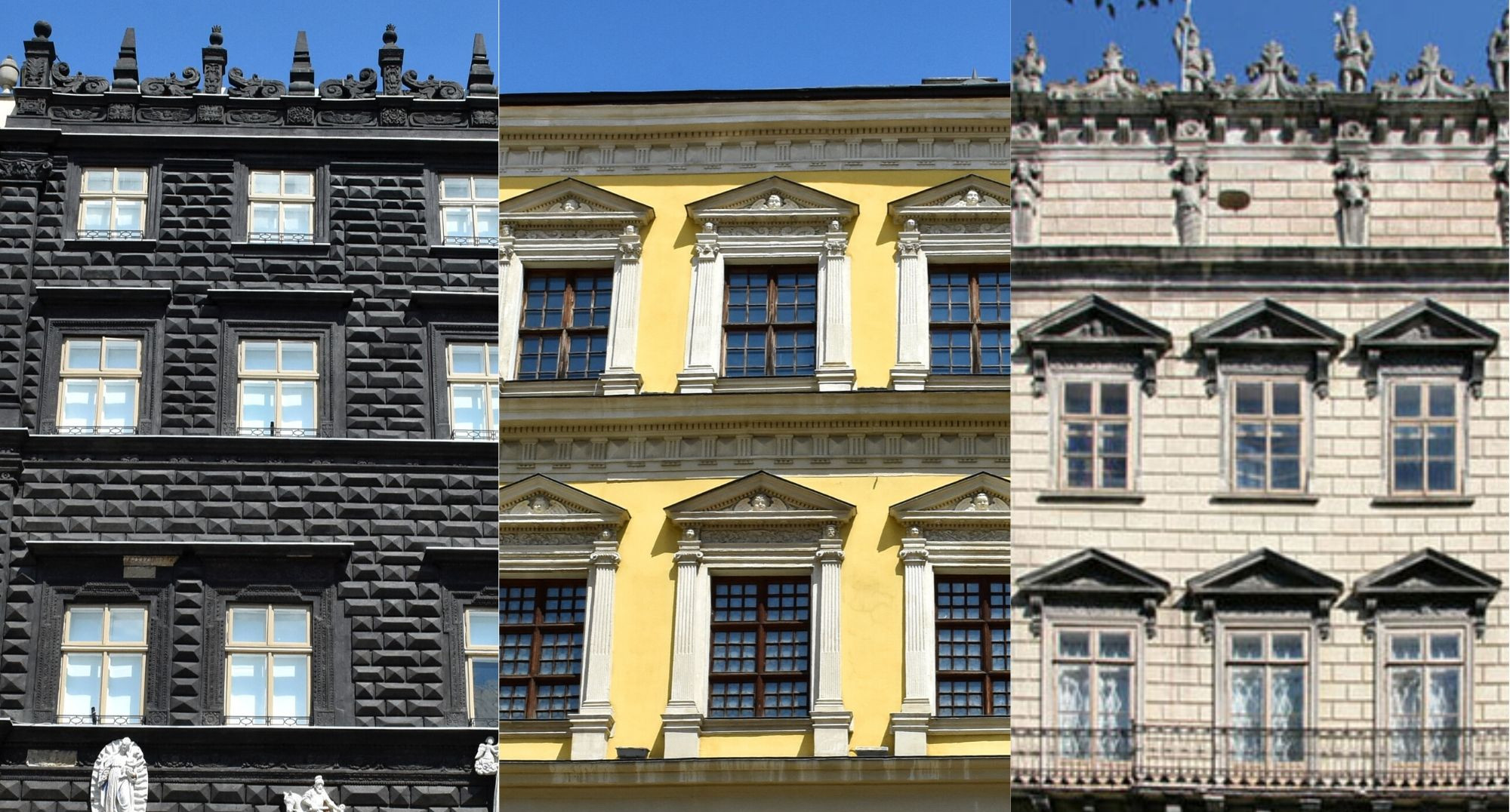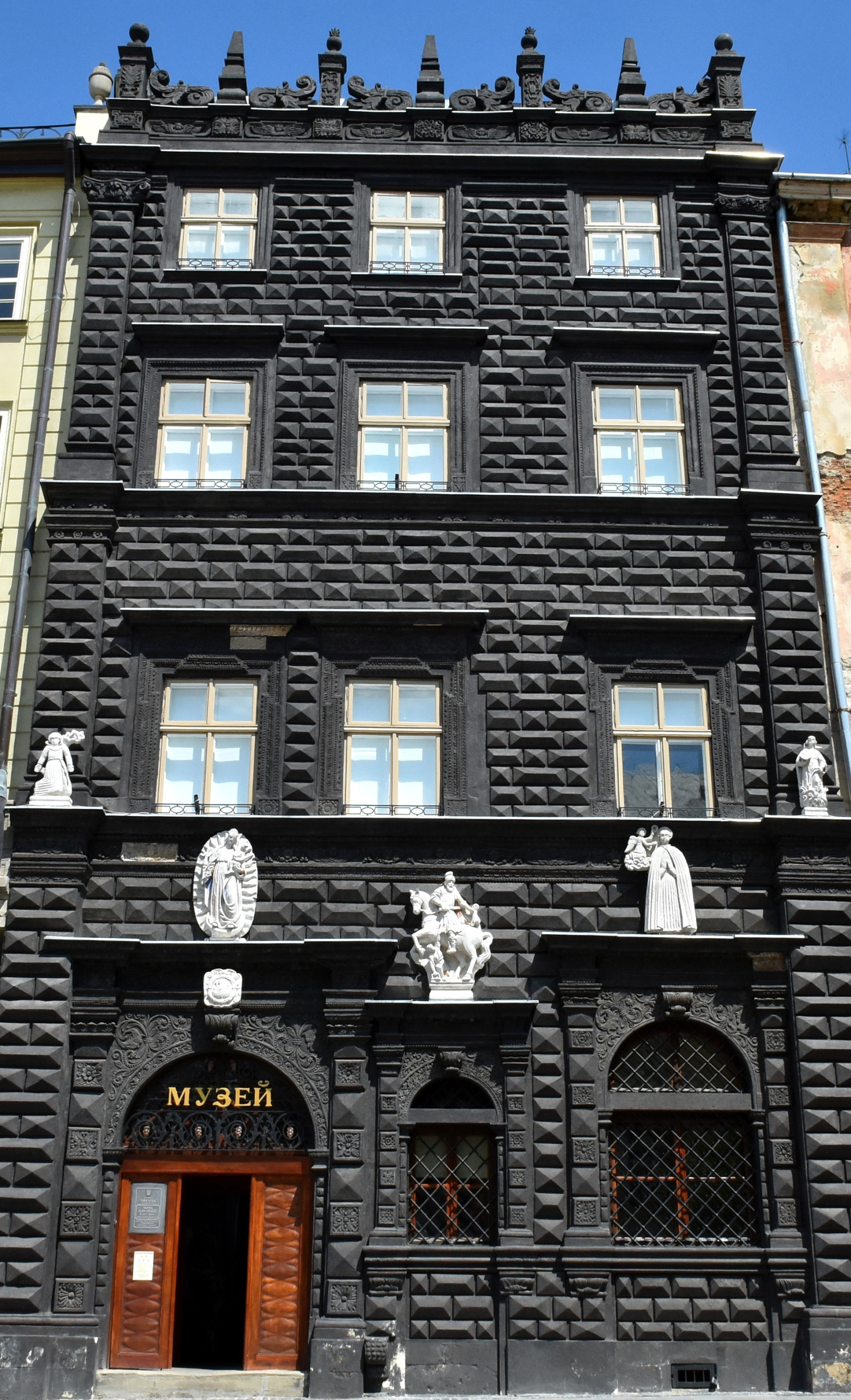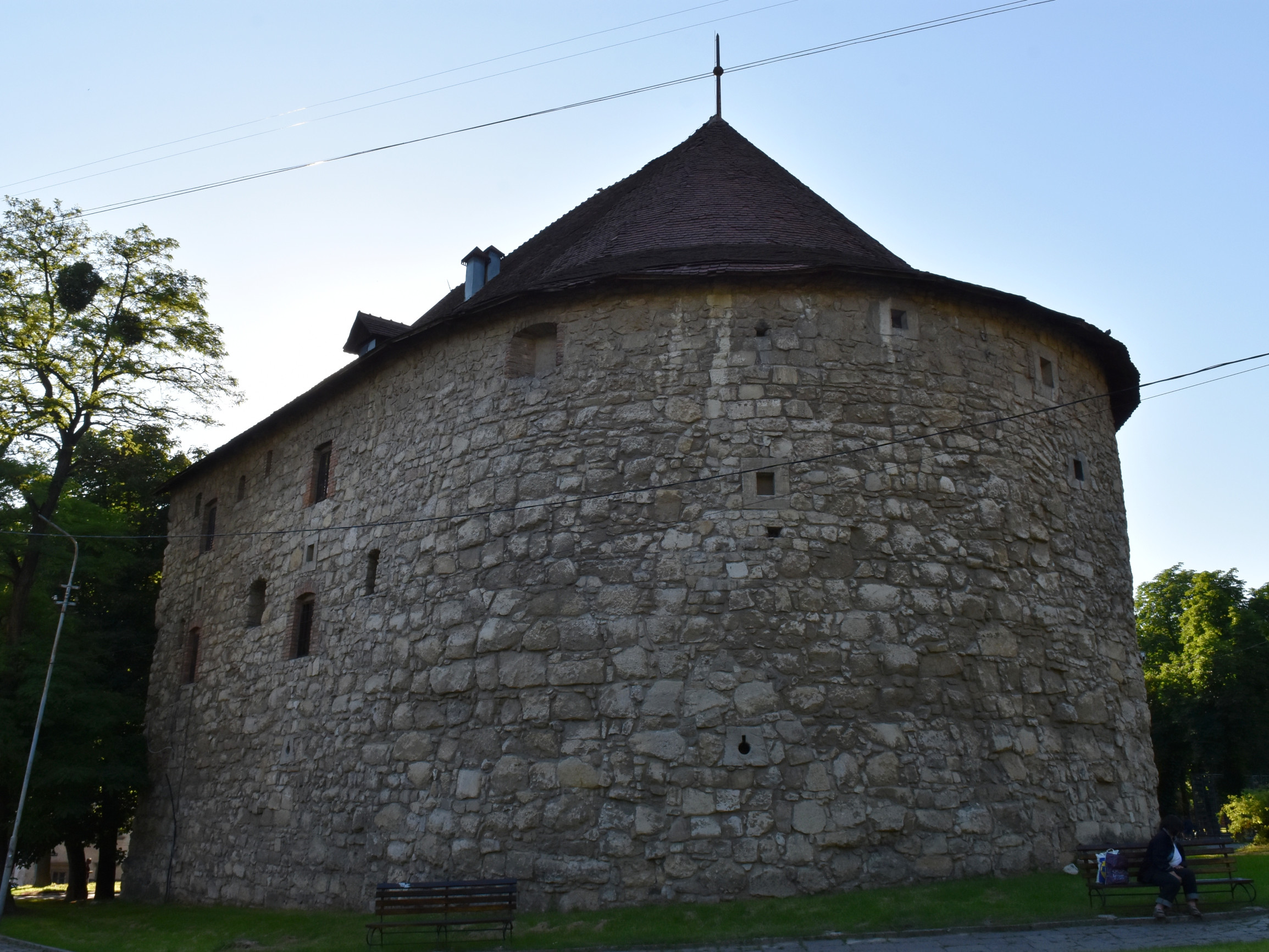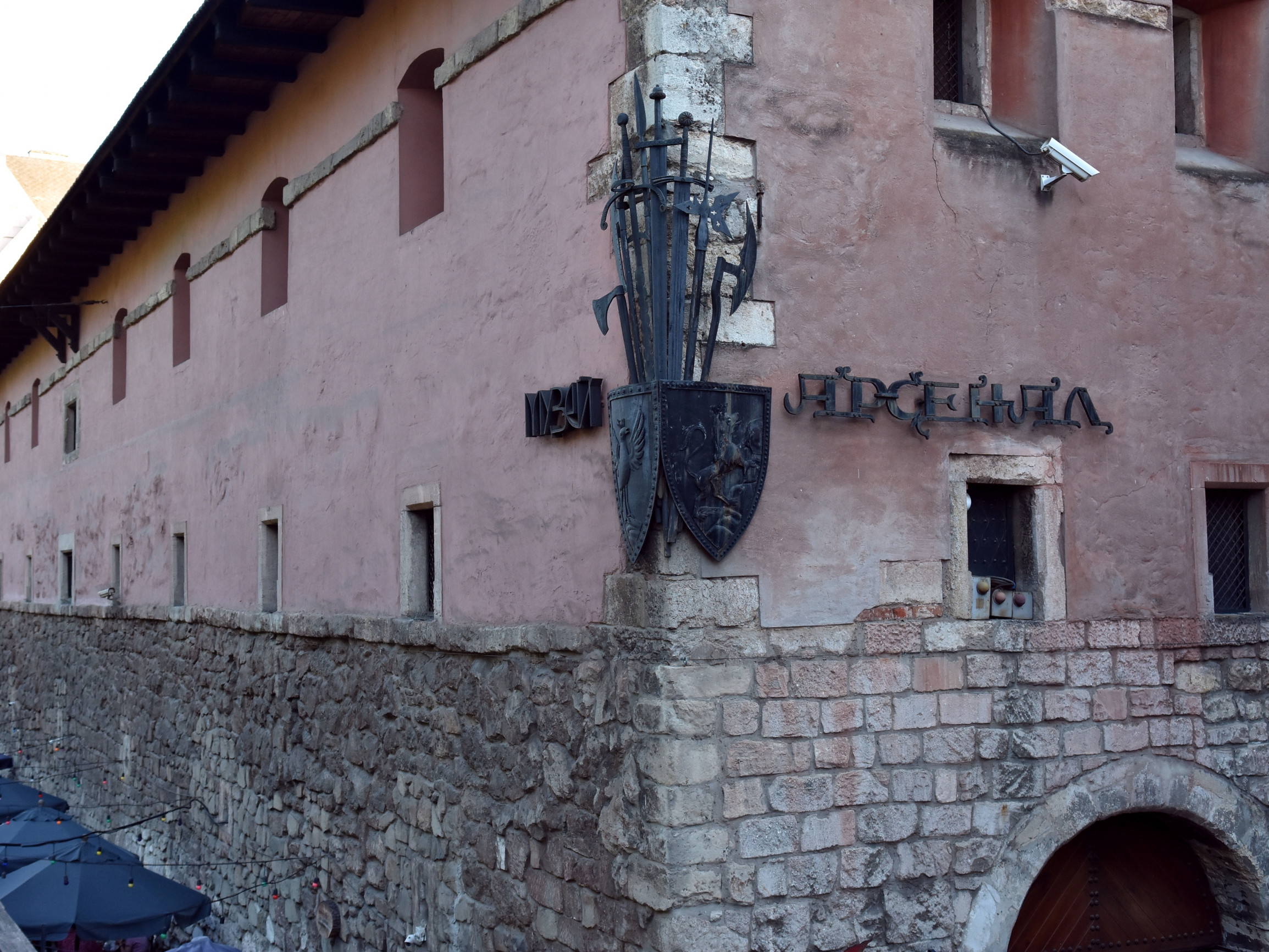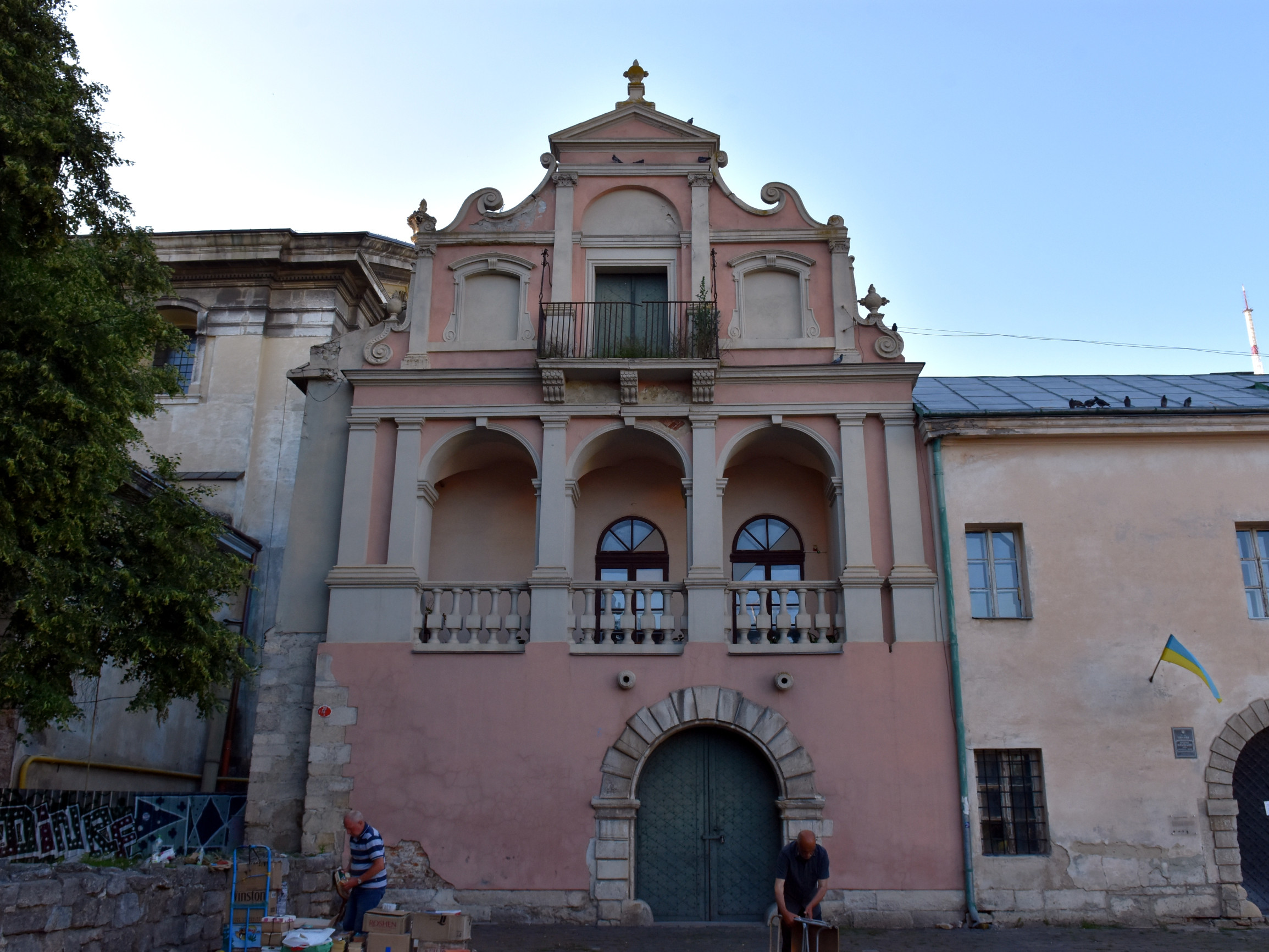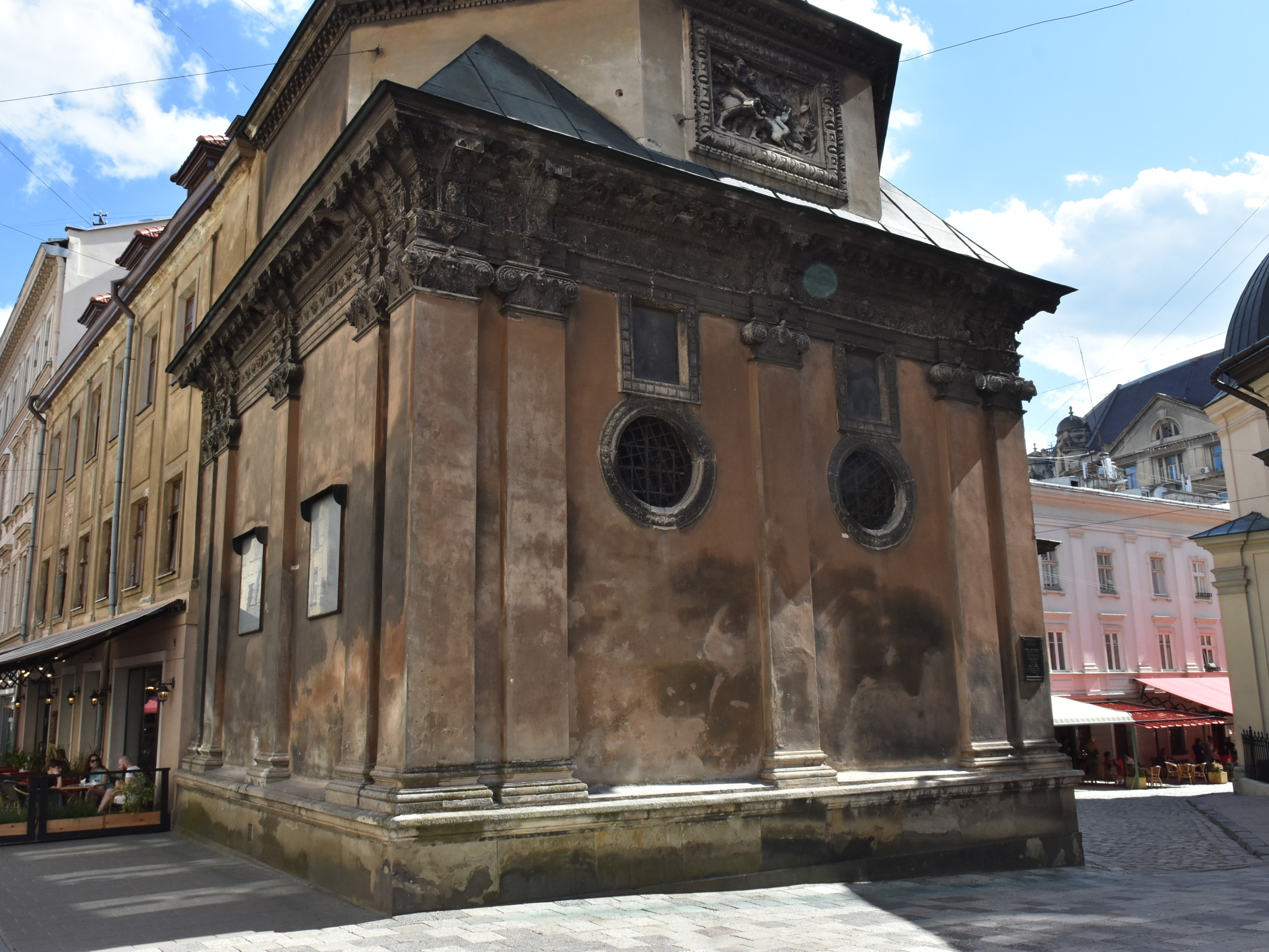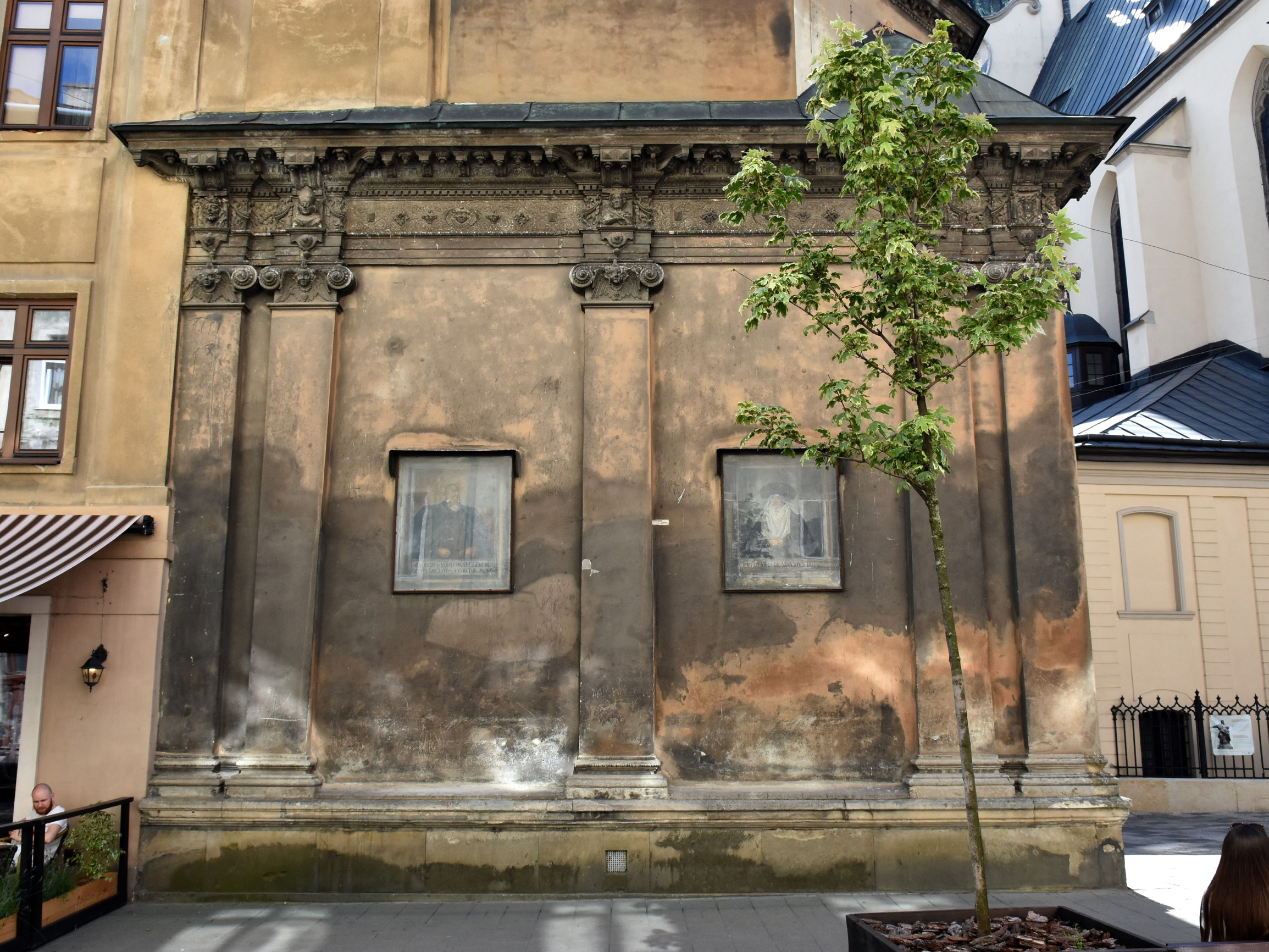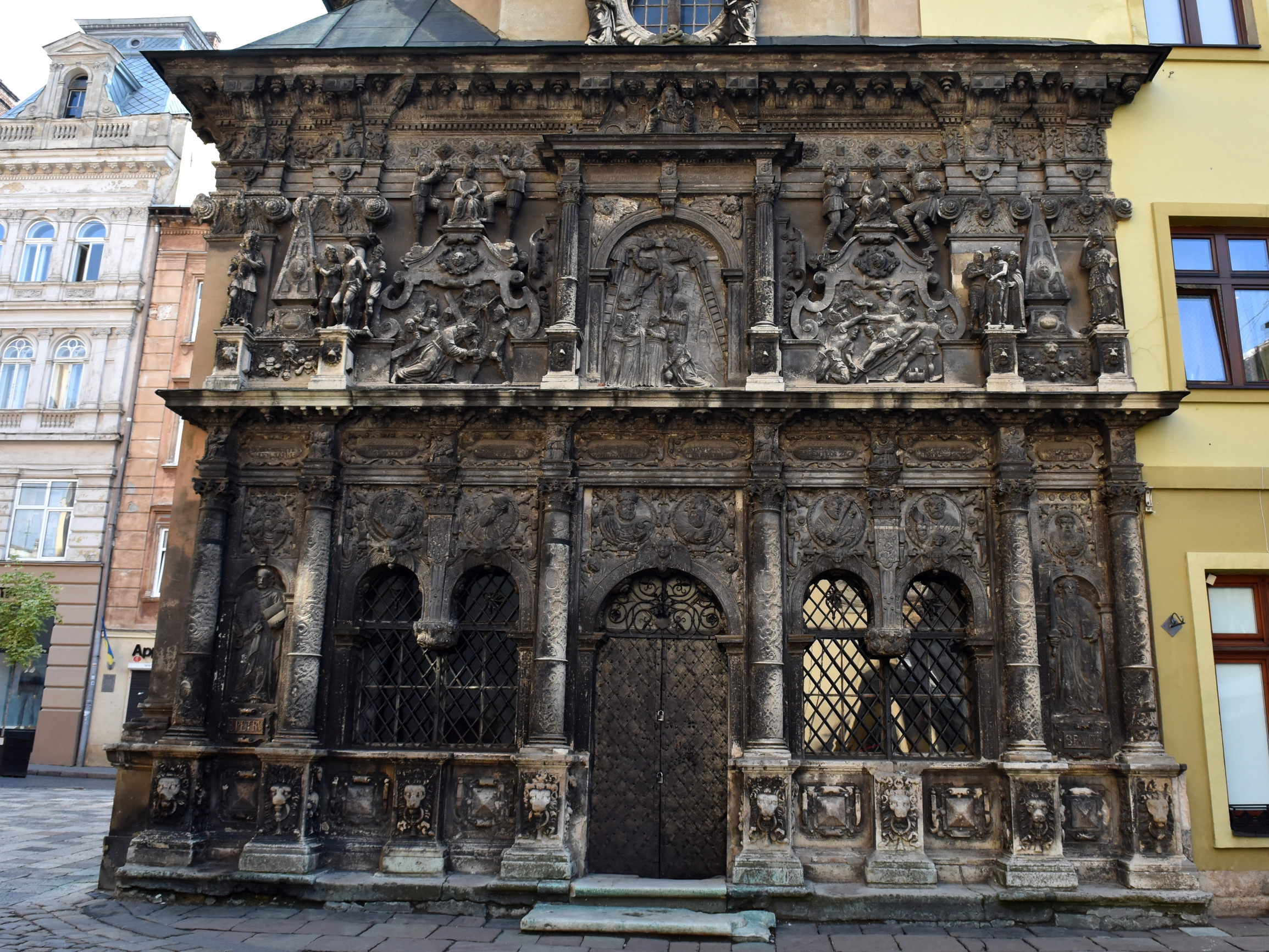After the Great Fire of 1527, the Lviv of that time lost its Gothic appearance, the reaction was the ban by the city authorities on wooden buildings. The city began to be rebuilt on the fire of the Gothic city, for this purpose foreign masters were invited, who brought with them to Lviv popular at that time architectural trends of Europe.
In the middle of the 16th century, the Renaissance style spread in European architecture, the features of which include the symmetry of the building, the geometric characteristics of each element, and the order of the components: the orderly arrangement of columns and pilasters, symmetrical repetition of windows and more. Renaissance buildings have a visually massive look and spacious high halls. This is often associated with round and ribbed domes, which give the effect of spaciousness inside the building. When decorating the facade, a richly decorated portal, intricate cornices, attics, carved windows, and door frames were widely used, and in addition, the facades were often decorated with sculptures. In addition to new technologies in contrast to the Gothic period of construction, the Renaissance is characterized by maintaining a documentary base of architects and those involved in construction.
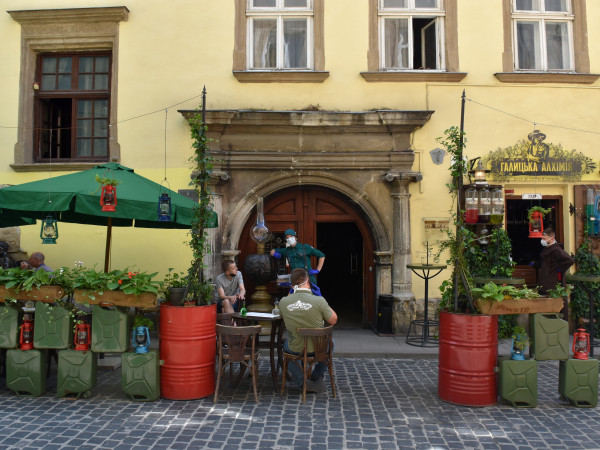
The first documented townhouse built in the Renaissance style in Lviv is the Mykolayivychivska townhouse (1550s) at 20 Virmenska Street, the Renaissance portal of which has survived to the present day. Its author is believed to be Petro Italiets from Lugano, one of the most famous architects of Renaissance Lviv. He also initiated the Renaissance sacral construction, erecting the third building of the Church of the Assumption (1547 - 1559), which became the first Renaissance sacral building in Ukraine, but it has not survived to this day.
In contrast to the Gothic period of Lviv's construction, examples of Renaissance architecture in Lviv have survived to this day. If we take into account the civil urban development among the most famous sights, here are some examples:

Former Bandinelli Palace
It was owned by the Florentine merchant Roberto Bandinelli. It has an elongated shape typical of Rynok Square with a narrow main wall. Majestic portal. There are visible elements of white stone carvings on the door and window openings, and wooden beams decorated with carved magical signs are supposed to protect the house from lightning and fire. The portal and windows framed by dolphins on the right and left (they were considered a symbol of good luck in trade) remained original. The interior of the townhouse is perhaps the best preserved motifs of the Renaissance in the architecture of Lviv.
2 Rynok Square.
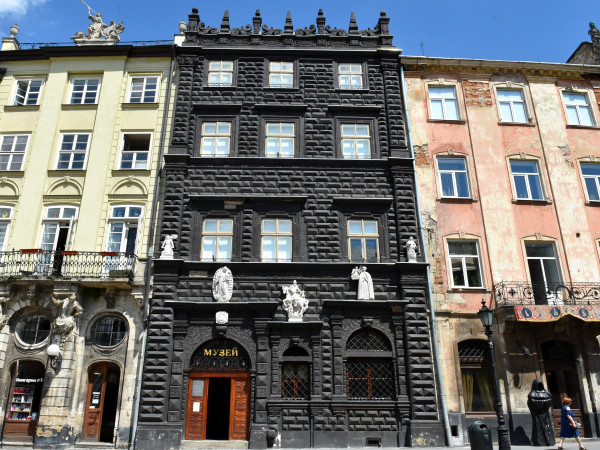
Chorna Kamianytsia (The Black House)
One of the "best examples" of residential architecture of the late Renaissance was built by architects Pavlo Rymlianyn and Petro Barbon, in 1596 the top floor was completed by Petro Krasowski). The townhouse has three windows, elongated in shape with a narrow main wall. The Renaissance portal is decorated with a sculpture of the Madonna and Child. The facade is lined with diamond rust of limestone, the top is finished with a carved attic, decorated with columns, obelisks and volutes. Many tourists ask, "Why is the house black?". The answer is really simple - over time, after the construction, the facade darkened from dust and soot and became black, which is why the house was called a "black house". Horizontally, the plane of the facade is divided by cornices into three tiers. The windows and the entrance portal are decorated with stone-carved frames with elements of the vine, a motif characteristic of the architectural decor of Lviv of the 16th - 17th centuries.
4 Rynok Square.
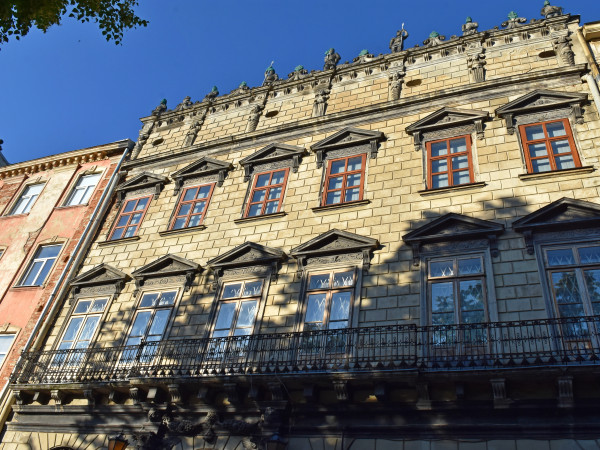
Former Kornyakt Townhouse (1580) or Royal Townhouse
It was built for Constantine Korniakt, a nobleman who received a unique privilege for especially outstanding services to the city and the state, to build a palace with 6 windows on the square. The palace is known to most Lviv residents and guests for its famous "Italian" or "Venetian" courtyard, which houses a three-tiered Renaissance loggia. In appearance, a strict facade with the correct location of the windows, which are completed by majestic triangular sandrikas. The facade is lined with rust and ends with a rich carved attic, decorated with sculptures of kings and knights.
6 Rynok Square.
Examples of sacred Renaissance buildings in Lviv include:
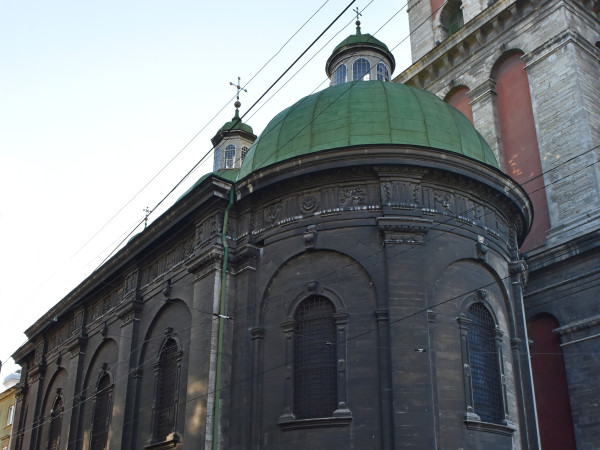
The Church of the Assumption of the Mother of God (1591 - 1629)
Architects: Pavlo Rymlianyn, Wojciech Kapianos (since 1597), Ambrose Prykhylnyi (completed)
Three-nave basilica, with a semicircular apse. The church is a tribune with light lanterns, and the symmetry of the baths is immediately disturbed because the largest is not the center but the eastern bath, which is believed to be the result of reconstruction after the devastating fire of 1796. Masonry of white hewn stone, with a majestic portal at the entrance. The facade is decorated with figurative reliefs and decorative rosettes, and on the sails at the top are carved emblems of benefactor. Arched windows are decorated with embossed frames.
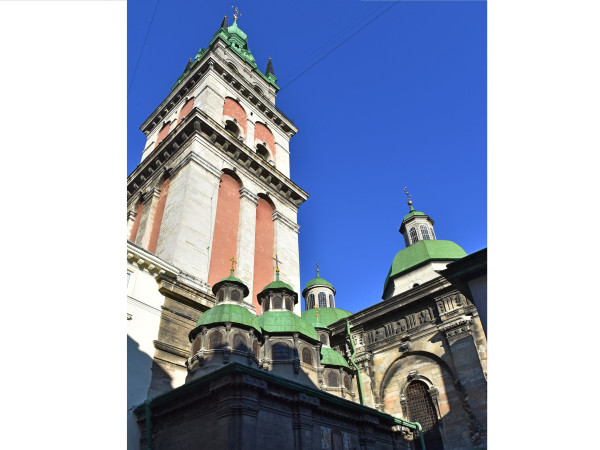
Kornyiakta Tower, the Bell Tower of the Church of the Assumption (1572-1578)
Architects: Petro Barbon, Pavlo Rymlianyn, superstructure of the upper-tier - Petro Beber (1695)
The bell tower is square in plan, built of broken stone, surrounded by hewn stone with polychrome walls. Vertically, the facades are decorated with pilasters with red elongated arched niches with small window openings. It consists of four tiers of different heights, it is noticeable that the first three tiers are made in the Renaissance style, and the last fourth tier in the Baroque, completed after a fire in 1695.
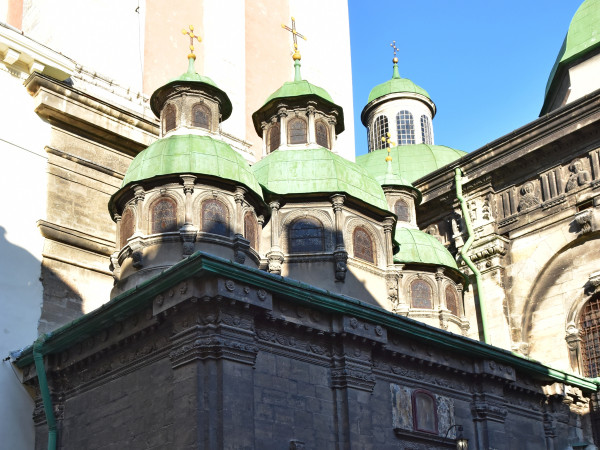
Chapel of the Prelates (Three Saints John Chrysostom, Basil the Great and Gregory the Theologian) (1578 - 1591)
Architects: Andriy Pidlisnyi
Hidden in the courtyard rectangular in the plan of hewn stone, a small chapel building, without columns and pillars. Topped with three symmetrical baths with Renaissance lanterns. Walls with symmetrical pilasters, a large stone-carved portal with elements of the grapevine, arched symmetrical windows with figurative reliefs.
5/7 Ruska Street.
In addition to civil and sacred buildings, Renaissance buildings that performed defensive functions have been preserved in Lviv. These include the City`s (1555-1556) and Royal Arsenals (1639-1646), the Powder Tower (1554-1556), which were part of the city's fortifications. Different from civil and sacred buildings is a restraint in the architectural solution to preserve the defense functions.
In Lviv in the buildings of the early XVII century we see some differences with the classical Renaissance style, if the early Renaissance is characterized by restraint and symmetry, the late Renaissance, called Mannerism, is characterized by bizarre forms and motifs.
One of the most recognizable sacred buildings in Lviv and the most mysterious is the Boim Chapel (1609-1616), built in the style of the late Renaissance.
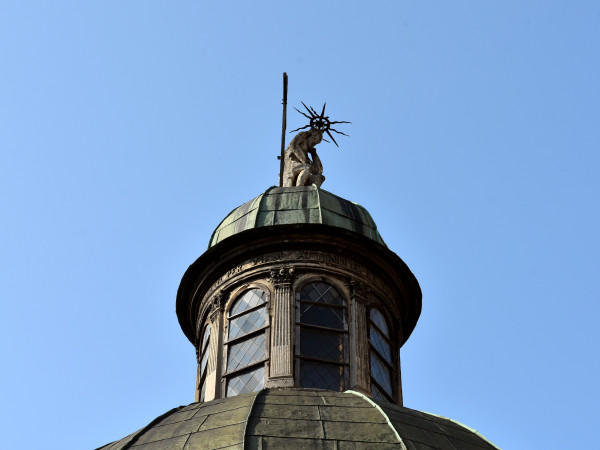
Architect Andriy Bemer
The chapel is small, square in plan, built of limestone. The building is topped by a bath with an octagonal light lantern. The upper dome is completed with a cross with the figure of Christ, and an unusual feature for Christian iconography is the image of the Sorrowful Christ in the Garden of Gethsemane. The walls are covered with pilasters with a developed crown cornice. The chapel is rich and luxurious, especially its western facade, covered with white stone carvings in the form of ornamental and figurative reliefs. The authorship of the sculptural composition of the western facade is attributed to Ganush Scholz. Interestingly, the chapel was originally polychrome, but over time it acquired the usual colors.
1 Cathedralna Square,
It is impossible to set a clear time limit for changing stylistic preferences in architecture because it is a gradual and incomplete displacement, the reason may be the emergence of new technologies in construction, changing artistic ideals, and changing perceptions of beauty. So gradually in Lviv the Renaissance style in architecture was replaced by the Baroque style.
